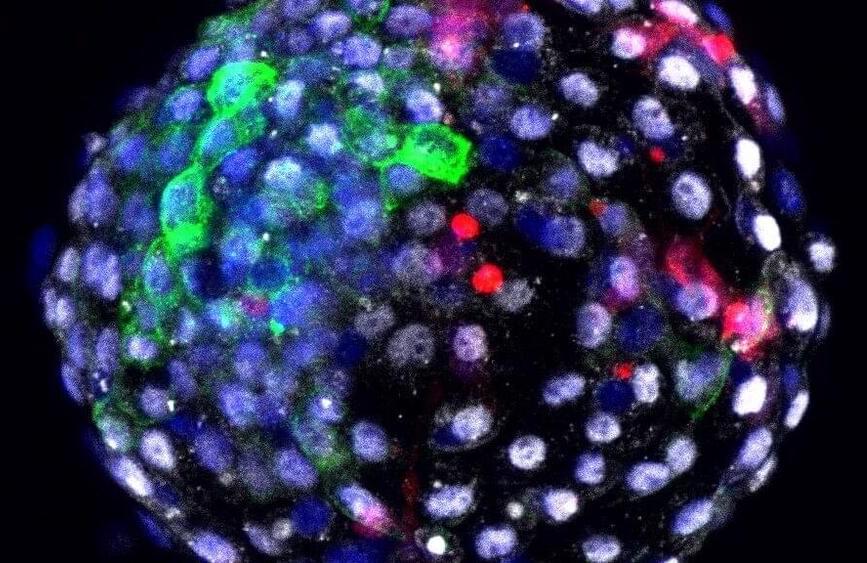Microsoft isn’t slowing down in its battle with Google for AI features.
Microsoft only just announced a round of new updates to its GPT-4-powered Bing Chat earlier this month, and it’s back today with some big improvements for mobile users. Just days after Google rebranded its AI tools for Docs and Gmail as Duet AI, Microsoft is now focused on mobile with contextual chat for Edge mobile, a Bing widget for iOS and Android, and even continuous Bing Chat conversations between mobile and desktop.
These new mobile-first features arrive just as Microsoft finishes rolling out its new image and video answers, restaurant bookings, and chat history features that were all announced earlier this month. Microsoft only launched Bing Chat nearly 100 days ago, and it’s showing no signs of slowing down with its AI announcements.
Starting today, you’ll now be able to start a Bing Chat conversation on a PC and then pick it up on mobile. Microsoft uses the example of asking Bing Chat to create a recipe for you on a PC and then asking it to provide a substitute on the mobile app when you’re at a grocery store and they’ve run out of an ingredient. This is starting to roll out today and will be available to all iOS and Android users within the next week.
The second big mobile change is contextual chat inside Microsoft Edge on iOS and Android. This is very similar to what exists in the Bing sidebar inside the desktop version of Edge, and it lets the mobile version of the browser read the context of a website you’re on. You can tap the Bing Chat icon at the bottom of Edge and ask it questions about a website you’re viewing or even ask it to summarize an article or document you’re reading.
Edge mobile will also include selected text actions where you can highlight a chunk of text and Bing will explain or summarize it. Microsoft says both of these new Edge features will be rolling out to mobile users “soon.”
Microsoft is also bringing a mobile widget to iOS and Android users that can be pinned to the homescreen for quick access to Bing Chat. The widget includes a Bing icon to get straight into Bing Chat and a microphone icon to ask a question with voice. This will be available on iOS and Android at some point this week, and Microsoft is also improving its language support for voice input.




